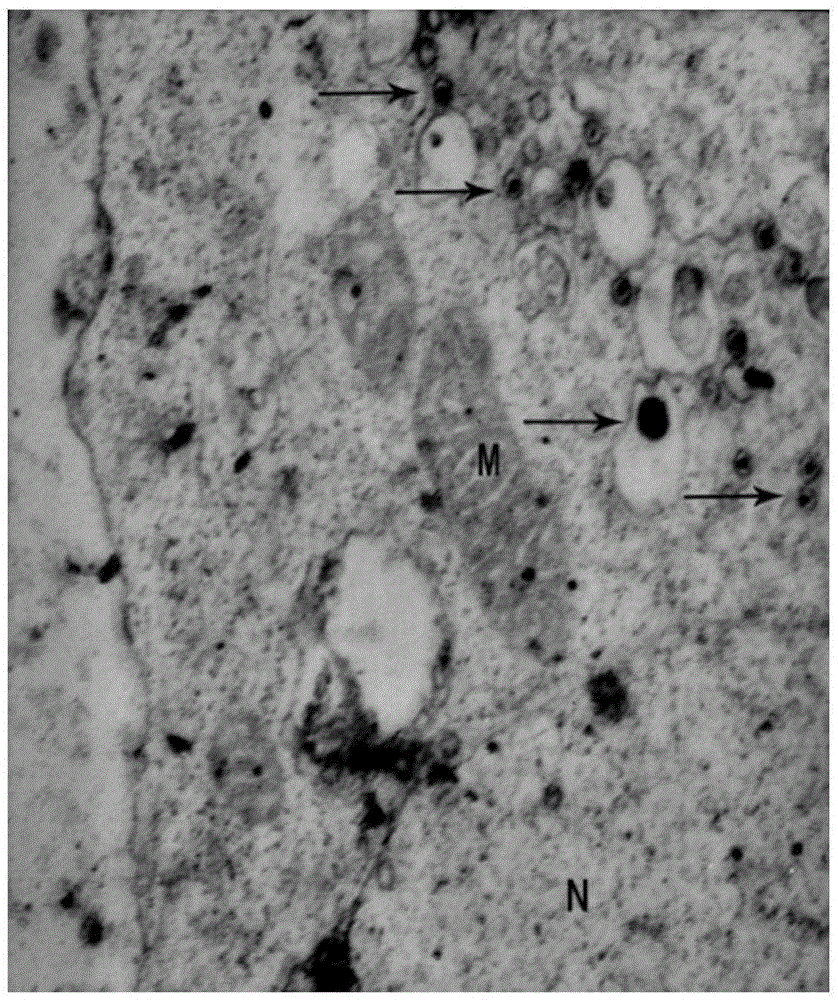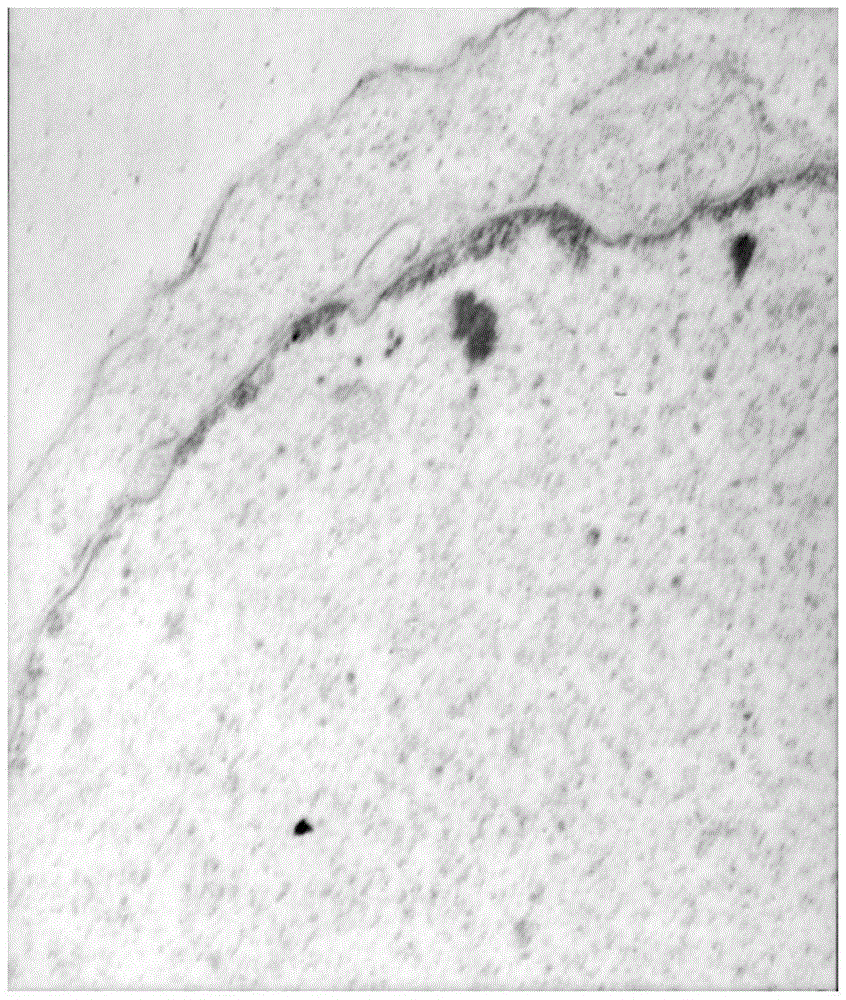Application of chicken liver cancer cell system as duck plague virus host
A chicken liver cancer cell line and duck plague virus technology, applied in the field of new host cells of duck plague virus, can solve the problems of influence, DEF primary cell contamination, influence of duck embryo source, etc., and achieve the effect of good virus growth
- Summary
- Abstract
- Description
- Claims
- Application Information
AI Technical Summary
Problems solved by technology
Method used
Image
Examples
Embodiment 1
[0026] Cultivate LMH cells according to routine laboratory methods. When the cell density reaches about 95%, take the LMH that has just grown into a monolayer, discard the growth nutrient solution, wash the cell surface with sterilized PBS for 3 times, and then inoculate the DPV seed Added to the surface of LMH cells for inoculation. The duck plague virus liquid covers the cell surface for adsorption, and gently shakes the cell bottle every 5 minutes during the incubation to make the virus evenly distributed on the cells and fully infect. After adsorption at 37°C for 30 minutes, the virus solution was discarded, and then DMEM containing 3% calf serum, 100IU / ml penicillin and 100IU / ml streptomycin was added to maintain the nutrient solution at 37°C, and the changes of CPE were observed under an inverted microscope every day. figure 1 It is a schematic diagram of electron microscope ultrathin section of duck plague virus growing on chicken liver cancer cell line, and the arrow i...
PUM
 Login to View More
Login to View More Abstract
Description
Claims
Application Information
 Login to View More
Login to View More - R&D
- Intellectual Property
- Life Sciences
- Materials
- Tech Scout
- Unparalleled Data Quality
- Higher Quality Content
- 60% Fewer Hallucinations
Browse by: Latest US Patents, China's latest patents, Technical Efficacy Thesaurus, Application Domain, Technology Topic, Popular Technical Reports.
© 2025 PatSnap. All rights reserved.Legal|Privacy policy|Modern Slavery Act Transparency Statement|Sitemap|About US| Contact US: help@patsnap.com


